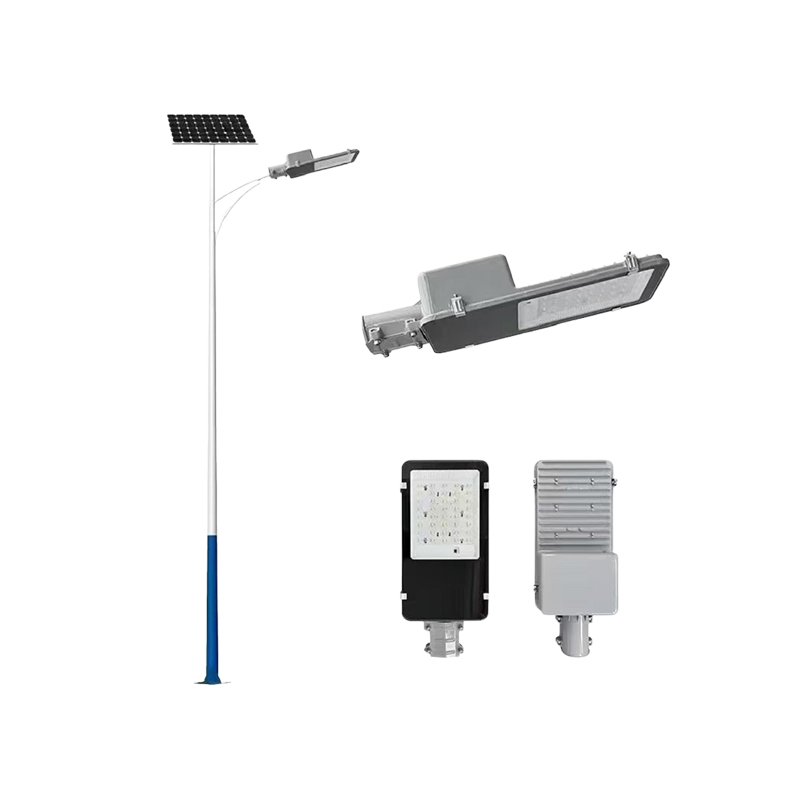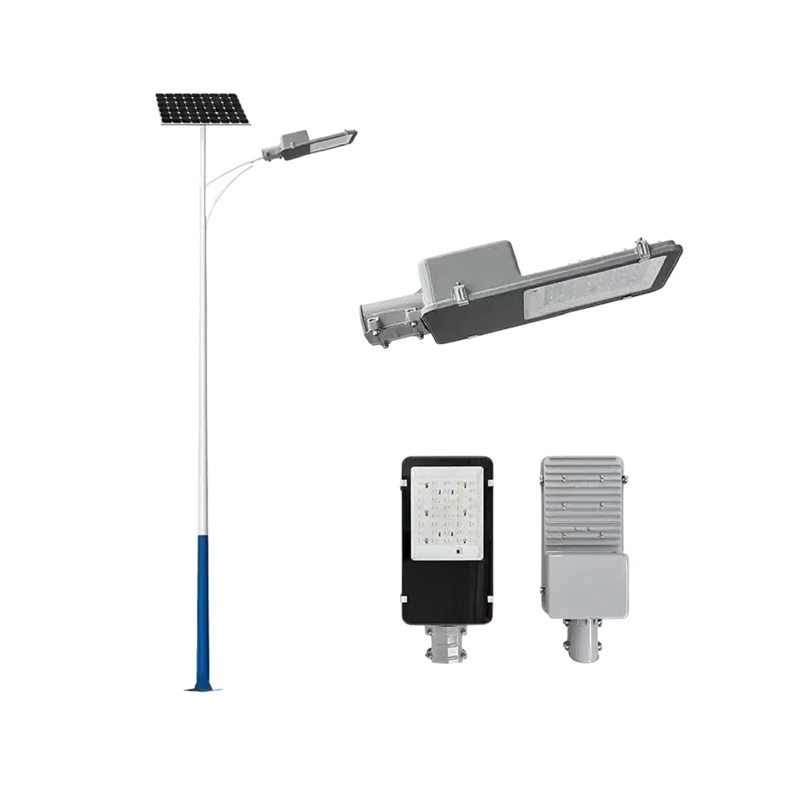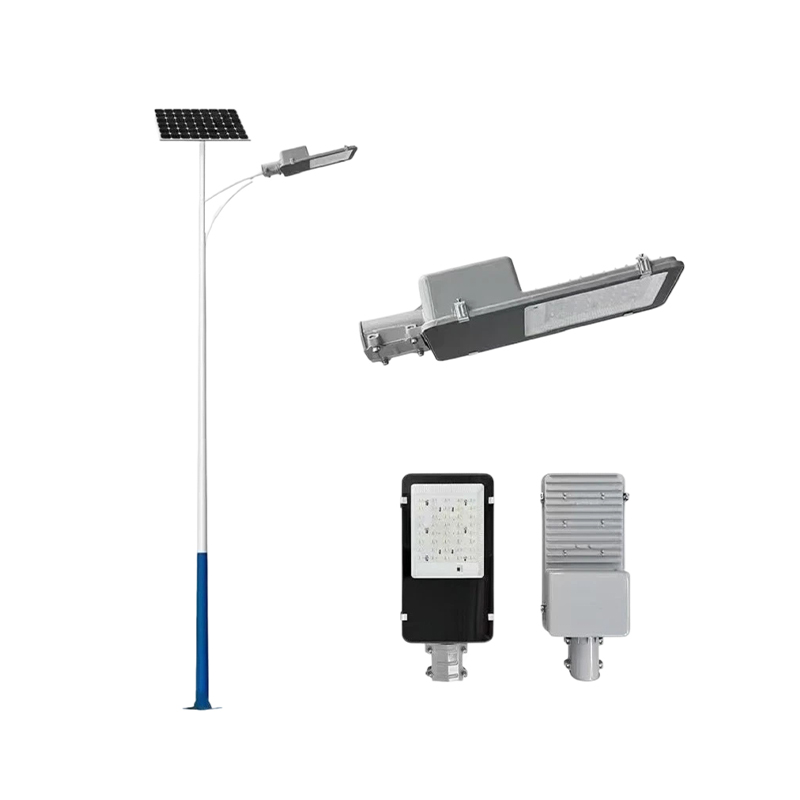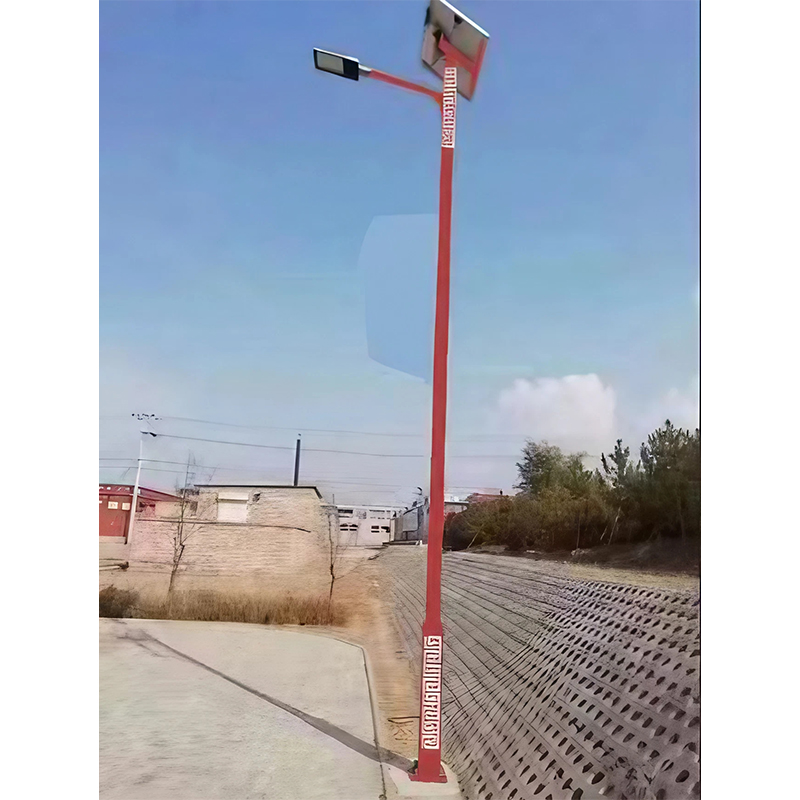How does the solar street lights' battery overcharge and overdischarge protection mechanism work?
Release Time : 2025-10-08
The battery overcharge and over-discharge protection mechanism in solar street lights is a key component in ensuring stable system operation and extending battery life. Its implementation relies on sophisticated circuit design and intelligent control strategies. By monitoring battery voltage in real time and dynamically adjusting the charge and discharge status, it prevents battery damage from overcharging or discharging. This mechanism not only improves the reliability of solar street lights but also reduces maintenance costs, playing a significant role in promoting the adoption of green lighting technologies.
For overcharge protection, when solar panels generate excess power during periods of abundant sunlight, the battery voltage gradually rises. During this period, the controller monitors the battery voltage in real time using a voltage detection circuit. Once the voltage reaches a preset "overcharge protection point," the controller immediately disconnects the charging circuit and stops supplying power to the battery. This process is typically implemented using a relay or electronic switch. When the battery voltage exceeds a certain threshold, the switch automatically switches to the off state, preventing thermal runaway or electrolyte decomposition caused by sustained high voltage, thereby protecting the battery's structural integrity.
The over-discharge protection mechanism is designed for scenarios where the battery is supplying power to loads at night or during rainy weather. When the battery voltage drops to the "over-discharge protection point" due to continuous discharge, the controller quickly disconnects the discharge circuit and stops supplying power to the streetlight. This design prevents problems such as internal plate sulfation and active material loss caused by over-discharge, thus preventing irreversible battery capacity degradation. Some high-end controllers also reduce the load power in advance when the voltage approaches the protection point, creating a buffer zone and further extending battery life.
Temperature compensation is a crucial supplement to the overcharge and over-discharge protection mechanism. The charge and discharge efficiency of batteries is significantly affected by ambient temperature. Low temperatures increase internal resistance and reduce capacity, while high temperatures can accelerate battery aging. Therefore, the controller's built-in temperature sensor monitors the battery temperature in real time and dynamically adjusts the overcharge and over-discharge protection voltage thresholds. For example, in low-temperature environments, the controller will appropriately increase the charge cut-off voltage to ensure sufficient battery charging; in high-temperature environments, it will reduce the discharge cut-off voltage to prevent high-temperature performance degradation.
To improve the accuracy of the protection mechanism, modern solar street light controllers generally adopt a staged protection strategy. During the initial charging phase, the controller allows a high current to quickly replenish the battery. When the voltage approaches the overcharge protection point, it automatically switches to trickle charge mode, completing the final charging phase with a low current to prevent voltage spikes. During the discharge phase, the controller uses load management technology to prioritize core lighting needs while gradually reducing brightness as the voltage approaches the over-discharge point, optimizing energy distribution.
The application of intelligent control algorithms further enhances the adaptability of the protection mechanism. By analyzing the battery's charge and discharge curves in real time, the controller dynamically adjusts protection parameters to meet the needs of different seasons and weather conditions. For example, during periods of continuous rain, the controller appropriately relaxes the depth of discharge limit to ensure continuous operation of the streetlights. During periods of abundant sunlight, however, the charging voltage is strictly limited to prevent overcharging. This adaptive strategy significantly improves system stability in complex environments.
Hardware redundancy provides dual protection for the protection mechanism. In addition to the main control circuit, some controllers are equipped with a backup protection module. In the event of a failure of the main control unit, the backup module automatically takes over charge and discharge management, preventing battery damage due to loss of control. At the same time, auxiliary functions such as reverse polarity protection and short circuit protection are implemented through components such as diodes and fuses to prevent system damage caused by installation errors or line faults. These designs together constitute the comprehensive protection system of the solar street lights battery.







